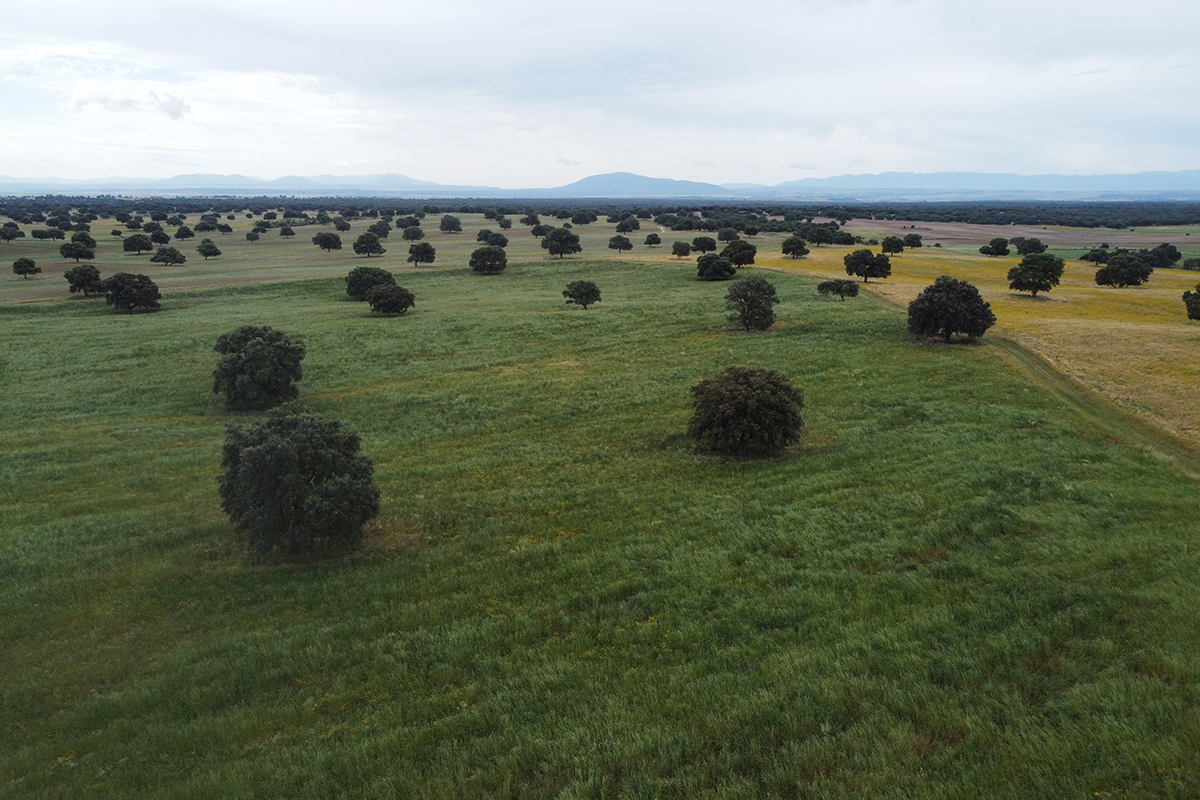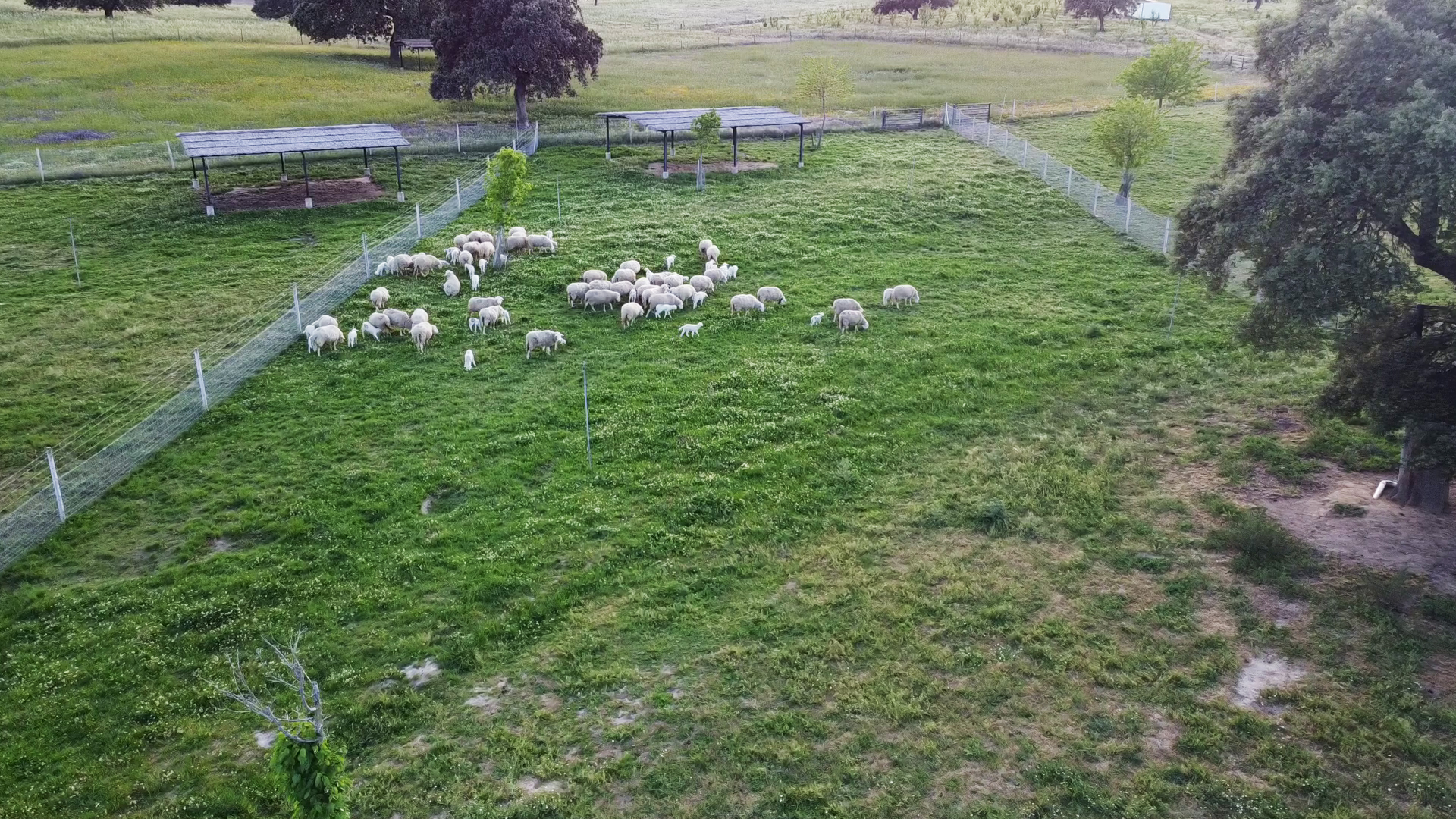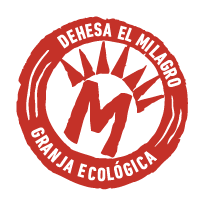Soil care
Proper rotation in time and form, avoiding overgrazing and an inadequate number of animals, ensures that the roots are not exhausted and that they are focused on the growth and regrowth of the plants.
Controlled grazing means that the plants always have an aerial leaf part and therefore there is always a surface for photosynthesis. The animals move grazing and manuring the meadows providing organic matter that trampling, dung insects and rain will help to contribute to the soil quality. This contribution of organic matter added to the adequate rest time, together with the stimulation of grazing, facilitate the plant to regrow more strongly, accelerating the feed of the next generations.

A very efficient energy system is created that nourishes the soil and the animals with an obvious beneficial result. The pasture area is greater every year, increasing the covered area and therefore our CO2 fixation capacity.
Benefits of a rotation and grazing system:
1. Increases soil structure with roots and organic matter.
2. Increases the soil’s microbiological activity.
3. Increases the water retention capacity as a result of the internal structure and due to the lower evapotranspiration, that exists as there is no bare soil.
4. Land erosion by runoff is reduced.
5. The photosynthetic capacity of plants is increased as there are more leaves, transforming energy into nutrients.
Everything is planned based on the consumption we have on the farm for animal feed.
The animals eat the stubble and use up the rest of the plots to manure as much as possible. They are the source of organic matter necessary to increase the consumption balance.

Compost
The great advantage of raising animals on our farm is that they provide us with the base (manure) for the production of this organic matter, essential to enrich our crops. The compost is made from sheep manure that we collect from the sheepfold, which is collected in the feeding area of the young goats, from the covered area of the fattening finishing yards, horses and poultry manure from the chicken sheds and from moving the chickens in the different coops.

Sheepfold.
The organic matter is added to the pile, whose management requires a precise temperature, humidity and turning control. In addition, at another point near the garden, we compost domestic organic waste.

Permanent pastures
In Dehesa El Milagro we increase the permanent pastures to be grazed. Arable lands are planted with permanent pastures and reinforced with different crops using direct seeding so they protect the generated structure.
We wait until the meadows are dry and then we seed the plots. We introduce the cattle and, simply with the forage that they eat, the trampling and the fertilization through manure that they produce, the pasture sprouts with much more strength and quality the following year.

Red clover, a soil improver.
